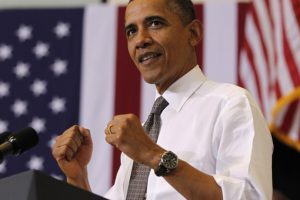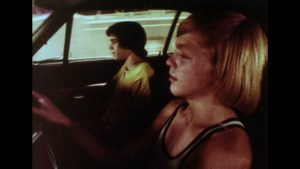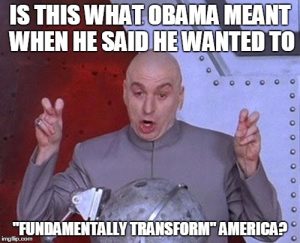An interesting article on the program that used $3 billion of taxpayer money buying 677k vehicles, along with the fact that they damaged and scrapped them. They were trying to bring it back in 2022 with $392 billion, but it appears to have not gained traction and given our nation is beyond broke, a terrible idea. Perhaps it didn’t drive new and used vehicle sales enough? Another angle contributing to a generation not wanting cars is living in large urban areas and the arrival of gig economy “ride sharing” services which are much more economical than the taxi monopolies or owning your own vehicle. Consequently, the coming depression and Great Reset will accomplish this more effectively along with young people racking up so much debt to get a terrible education that will take years to undo their mind control programming, if they ever succeed.
https://www.ericpetersautos.com/2023/11/26/what-cash-for-clunkers-was-really-all-about/
By Eric

You may recall the Obama-era “Cash for Clunkers” business. It was a very dirty business and a key element of Obama’s declared intention to fundamentally transform the United States – though to this day many people do not understand just how key it has proved to be.
The plan was sold to the public as a means of “stimulating” the then-flatlined American car industry, which was almost literally (and in GM’s case, actually) bankrupt. The idea was to get people to buy new cars by paying them to throw away their old cars.

Italics added.
The cars were not traded in. Not even “parted out” – i.e., their major components (such as their engines, in particular) removed in order to be re-sold to someone in need of low-cost replacement parts. They were destroyed. Engines dosed with silica and then run until they seized – so as to render them unusable.
Consider the implications.
The Obama regime surely did.

While on the surface – as in, superficially – the “cash for clunkers” program was about getting people to buy new cars, it was fundamentally about getting rid of affordable (older) cars. And the reason for that was to fundamentally transform the country – by breaking the generations-long tradition of young people becoming independently mobile, almost-adults while they were still in their teens.
Key to this was the ready availability of . . . clunkers. That is, inexpensive old cars. The kinds of cars teenagers could afford to pay cash for. As well as the insurance. An old “clunker” may not have run reliably; but it ran. And it was cheap.
It beat riding a bicycle.
It enabled a teenager to expand his horizons. To go where he could not go on a bicycle – and without being dependent on his parents (or the government) for transportation. This, in turn, encouraged the teenager to get a job – even before he got a car – in order to get the car. And then to be able to buy gas for it – and so on.

And this promoted 16-and-17-year-olds to almost-adults before they achieved legal adulthood. Having a set of keys opened doors. A teen with a car could go wherever he needed and wanted to go whenever he needed and wanted to go. It was a rite of passage defining the transition between childhood and adulthood.
It was for just this enticing reason that every normal teenager champed at the bit to get his driver’s license as soon as legally possible. Many spent their 16th birthday at the DMV because who wanted to wait even one more day longer than they had to in order to get that fully-adult (there were no restrictions, once) driver’s license? It marked the bearer as an almost-adult, even if he was still just sixteen.
But what does a license matter if you haven’t got a car?
Per Hans Landa (the fey SS officer from the Quentin Tarantino film, Inglorius Basterds) that’s a bingo!
And here we arrive at the true purpose of “cash for clunkers.”
The program succeeded wildly – not in terms of “stimulating” the moribund new car industry but in terms of making an entire generation indifferent to driving. A measure of this is the stat that something in the neighborhood of 20 percent of those who fall within the 16-24 age bracket do not have a driver’s license.
It is unprecedented.
It is also entirely rational, if you know you cannot afford to buy a car. (How many people who can’t afford a private airplane bother to train as private pilots?)

It is also artificial – and malicious.
Obama – who is a Marxist – understood that to fundamentally transform America into a Marxist state, the privately owned car had to go. The problem – for the Marxists – was that most Americans had one and most who didn’t (especially the young) badly wanted one.
So long as they could afford one, they could aspire to owning one. It is extremely hard to persuade people to give up what they want – especially if it is possible to get it. “Cash for clunkers” was ingenious in that it did not attack car ownership directly. It very subtly disconnected the rising generation from the aspiration to want a car – by making it unrealistic for many first-time buyers to own one.
The $1,500 “clunkers” that used to abound having been thrown away – leaving very little in the way of anything that a teenager (or even a young twenty-something) can afford without taking out a loan. And that, in turn, requires full coverage insurance – which most teenagers and twenty-somethings can’t afford, either.
And so, they don’t even bother. With the car – or the license.
This, in turn, fundamentally transforms them. Which is how America is being fundamentally transformed.